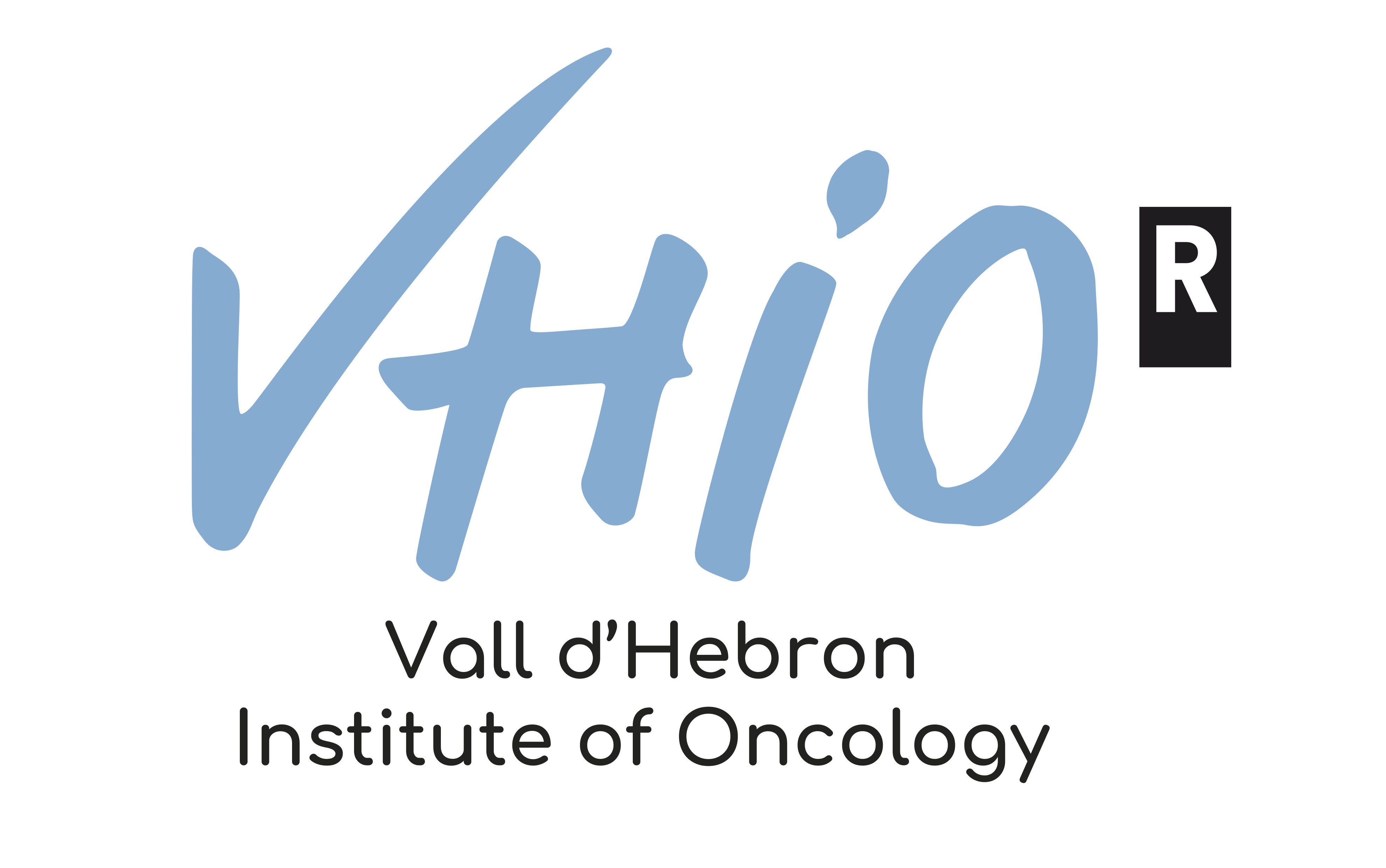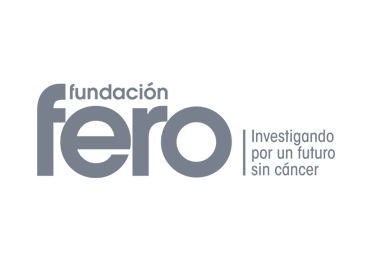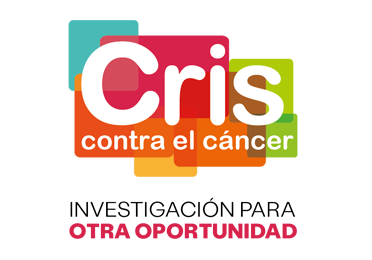Previous studies had already shown that Myc was a key protein in tumour development and had established how to inhibit Myc through gene therapy
This protein is involved in the development of diverse tumours and so Myc-targeted therapy could make a positive contribution to the therapeutic options for different types of cancer
The study, led by the Vall d’Hebron Institute of Oncology (VHIO), has managed to eliminate mouse lung tumours by inhibiting Myc, a protein that plays a key role in the development of many different tumours. The results, published in the journal Genes & Development, confirm that repeated, long-term treatment does not cause side effects. Even more importantly, no resistance to treatment has been encountered, which is one of the biggest concerns with anticancer therapies. These results show that anticancer therapies based on Myc inhibition are a safe, effective therapeutic option in new drug development.
Myc is a protein that plays a big role in regulating gene transcription and it is involved in cell processes such as proliferation, differentiation and apoptosis (programmed cell death – an essential part of regenerating tissues and eliminating damaged cells). It acts as a regulator gene that controls the expression of some 15% of human genes. However, imbalances in this protein bring about uncontrolled cell growth which in turn can lead to the onset of cancer in different tissues. In fact, deregulated Myc is found in most tumours, including cervical, breast, colon, lung and stomach cancer.
From protein to therapy: a long haul
The work conducted by the Mouse Models of Cancer Therapy group at the VHIO, led by Dr Laura Soucek, shows that Myc can be controlled and inhibited through a mutant called Omomyc that hijacks Myc and prevents it from acting. “Even if we clearly identify a mechanism behind tumour development, it is still extremely complex to pinpoint how to intervene in cells’ internal machinery or modify genetic processes,” explained Dr Soucek. “We have found a way to inhibit Myc through Omomyc,” she continued. “We induced Omomyc expression in mice through gene therapy and managed to activate and deactivate it by administering an antibiotic to the mice in their drinking water.”
In the study, multiple lung tumours were induced in the mouse (up to 200 tumours in each individual) and Myc inhibition episodes were achieved by activating Omomyc expression for 4-weeks, followed by 4-week rest periods. This therapy – known as metronomic therapy – was maintained for more than a year, regularly checking tumour progress in each mouse. All mice became tumour free after the first inhibition period, but 63% of cases then relapsed. After the second Myc inhibition period, only 11% of the initial tumours reappeared. According to Dr Soucek, “the most important finding was that there were no signs of resistance to treatment. This is one of the biggest disadvantages of many anticancer therapies: the disease develops resistance and can return even more aggressively.”
Finally, only two remaining tumours were found after more than one year of treatment among the mice that received eight inhibition and rest cycles. Dr Soucek found that Omomyc expression had been suppressed in these tumours, and this was the only adaptive mechanism that mice developed to treatment. “These results are hugely positive for us, because one year of life in a mouse is equivalent to almost 40 human years. The fact that the results are maintained over time, that there is no tumour relapse and no resistance, suggests that Myc-targeted therapy may offer an unprecedented way forward.”
A study full of surprises
Previous studies conducted by Dr Soucek had already shown that Myc inhibition could halt tumour processes, making it an interesting therapeutic target for new drug development. However, in view of the protein’s major role as a regulator gene, there was concern that long-term treatment could cause significant and uncontrollable side effects, such as epithelial tissue or bone marrow atrophy.
The potential for resistance was also questioned, since this occurs in many other similar treatments. The results of this latest study confirm that after multiple and periodic applications of Omomyc (the Myc inhibitor), tumours do not develop any resistance, side effects are mild and completely reversible, and almost all initial tumours are eradicated, even in advanced disease. “To make sure resistance was really non-existent, we applied the worst case scenario,” said Dr Soucek, “which was to assess the effect of Myc inhibition while suppressing p53 (a cell cycle regulator protein), because without p53, a tumour can accumulate a large number of mutations. If there were any chance of a mutation appearing and managing to resist Myc inhibition, this would have happened in the absence of p53. So we have now demonstrated that long-term Myc inhibition not only stops lung tumour growth indefinitely, but also progressively eradicates tumour growth, without side effects or resistance. These results confirm that Myc is a firm target for new cancer drugs,” she asserted.
These encouraging results provide sufficient scientific evidence to consider taking the next step: inhibiting Myc in patients. “Now our challenge for the future is to make Myc inhibition feasible from a pharmacological point of view, so that it can be administered, and done so safely. This will be the last step before designing clinical trials with Myc inhibitors,” explained Dr Soucek. “We’re so excited about reaching this turning point and I am quite certain that it will change the course of cancer therapy, despite there being a long road ahead.”
For further information:
Amanda Wren· Communication Manager Vall d’Hebron Institut d’Oncologia (VHIO)· Tel. +34 695 207886 awren@vhio.net








